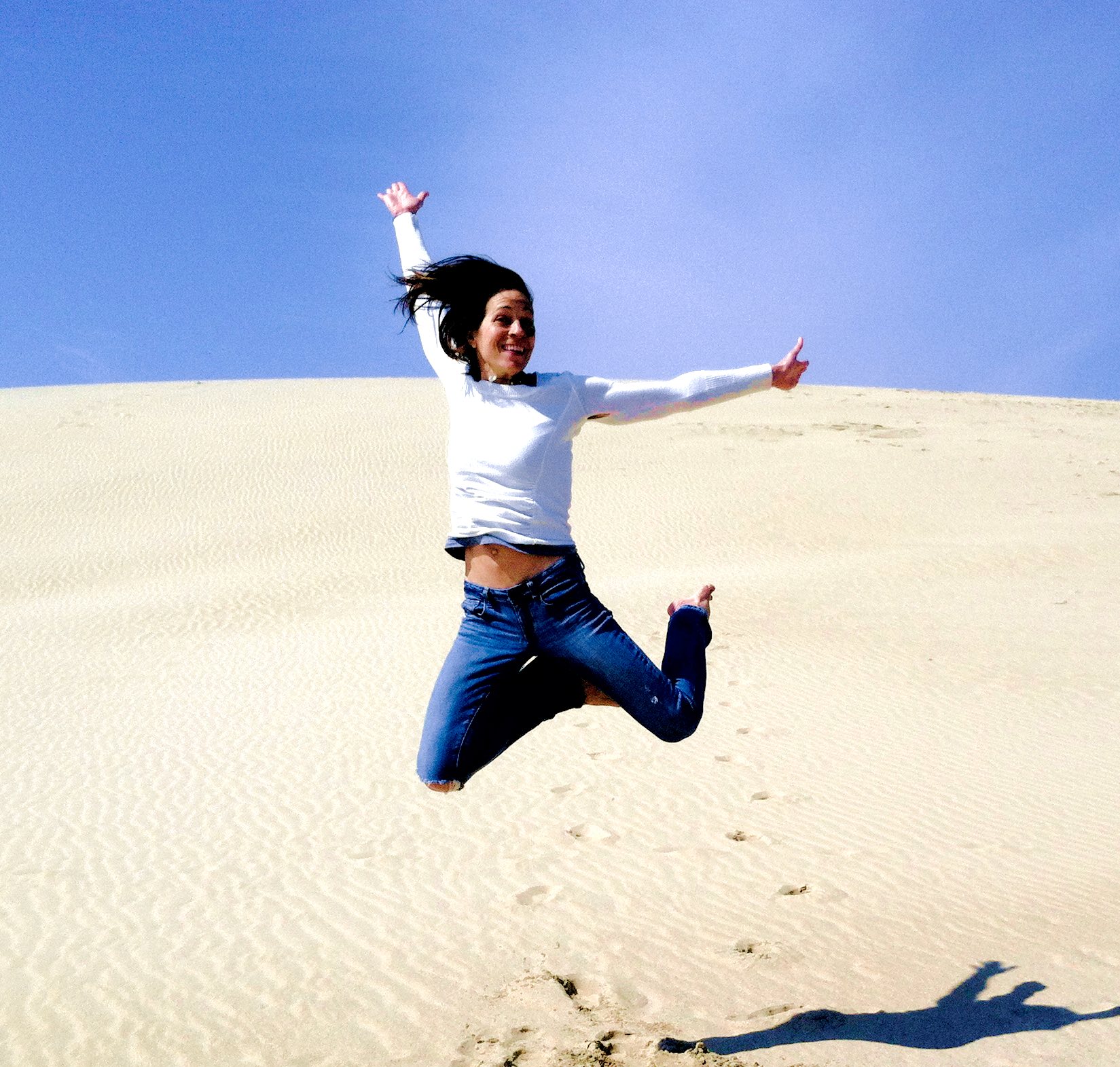I saw a biologist the other day for some phase contrast blood microscopy. She pricked my finger, took a drop of blood and put it under her 5000x microscope.
I used my little digital video camera to record the analog monitor screen, so that’s why the picture goes light and dark. And forgive my shaky camera work, as I was taking notes while holding the camera.
00:09 My red blood cells exhibited some rouleaux, which means they stacked together, on top of each other, which usually means gut inflammation. But she said it wasn’t too bad, maybe a 1.5-2 out of a possible 5.
00:23 She soon saw a parasite in one of the blood cells. Maybe a protozoa? Babesia?
05:12 Fibrin started to be noticeable at seven minutes after taking the blood sample. Usually it takes twenty so this means I have excess prothombrin. Which means my liver is overworking, which I have known for millennia. Proteolytic enzymes will break down fibrin. Fibrin is a big problem for people who have fibromyalgia.
07:34 Next she saw an echinocyte. The membrane fatty acids take on this appearance with toxicity/oxidative stress. They also form as individual cells are 'dying' a natural cell death. However, cells infected with bacteria that release toxic metabolic wastes will often exhibit this 'pin cushion' appearance, and bacteria can often be seen emerging from this type of cell as the blood sample ages. Poor detoxification systems- liver and kidney- can also affect the cell membrane of the RBC's, but in that case, the 'bumps' are usually more blunt, rather than pointed.
10:23 We see a spirochete exiting (hard to see in video)
11:46 I ask what all those small dancing bits in the serum were. She said triglycerides. Although this particular dark bit might be a bacterium.
12:21 The red blood cells start to deform a little. Apparently the fibrin cause this to happen. It’s normal.
13:06 Perhaps the bleb form of a spirochete?
13:40 We talk about the various forms of spirochetes and their amazing ability to morph into many different shapes.
15:57 Target cells can be caused by liver stress or low iron (I have low ferritin and of course liver stress).
17:17 Spirochete wiggling out; but this doesn’t mean I have Lyme, as Lyme is a specific, B. burgdorferi spirochete, and we can’t tell which kind of spirochete this is.
20:25 Spirochete form; Bb is broad like this one, but again, can’t say it’s Lyme
23:45 When treatments for Lyme and other infections are effective and symptoms decrease, we see less organisms in the serum.
Because of common Lyme co-infections, we should be focused on tick-borne infections, not just Borrelia burgdorferi, although technically that is what Lyme is.
29:45 Two or three cyst-like structures
32:06 Talk of biofilm
35:40 Unidentifiable
37:33 We see something a bit creepy, in my book: a biofilm structure with spirochetes hanging out of it. Biofilm is like a slime that covers germs. It’s another defense used by bacteria and yeast to evade white blood cells. I could try taking InterFase by Klaire to break up the biofilm, or I could try lumbrokinase (enzymes from earthworms).
When you see five or less spirochete in the serum in an hour, usually the patient will have no symptoms; there are way less toxins for the liver to handle. But you should not have spirochetes at all. If you do, you have a dental infection, or a tick-borne illness, or syphilis.
39:31 A cyst ‘shell’. These are hibernating shells where the spirochetes and other bacteria hide from the immune system. Here we see an empty cyst.
40:04 We see a neutrophil, a type of white blood cell. It has movement. It works like an amoeba and will engulf bacteria and viruses. There were not many white bloods cells to be seen in my sample, which corresponds to my recent blood work, where I tested below range for WBC.
42:35 She is not a doctor so she cannot diagnose. However, my Igenix lab test for Lyme would be interpreted by many Lyme-literate MD’s as positive for Bb.
45:52 We then see CO2 'bubbles' from yeast-like organisms.Yeast growing through the gut wall can perforate it and cause 'leaky' gut, but if they hang around in the blood (systemic yeast), it is often associated with some degree of immune suppression. People with Lyme or TBI almost always have some amount of yeast 'bubbles.'
48:57 Another little spirochete.
50:32 Another red blood cell that looks like it has a protozoan-like organism in it; when the organism exits the cell, it will cause the cell to ‘lyse’, or break open, and lots of that can cause low red blood cell count (which I have).
51:20 Has not seen enough to be confident that there may be a babesia infection; we look at a picture from the CDC of babesia forms.
What we don’t see are cell wall deficient spirochetes.
To summarize, in an hour we saw:
5 spirochetes
3 cysts
One spirochete biofilm (with 6 spirochetes attached)
One biofilm with yeast
No cell wall deficient forms
She didn’t see any nematode larvae in my blood either, which is another co-infection. Nor did we see bartonella.
If spirochetes are in the tissue, they’re going to be in the blood.
Phase contrast microscopy was very helpful to me. I will return after a few months of treatment to see if there are any improvements in my blood, and if they correspond with symptom improvement. I will be sure to let you know how my (natural) treatment goes.
